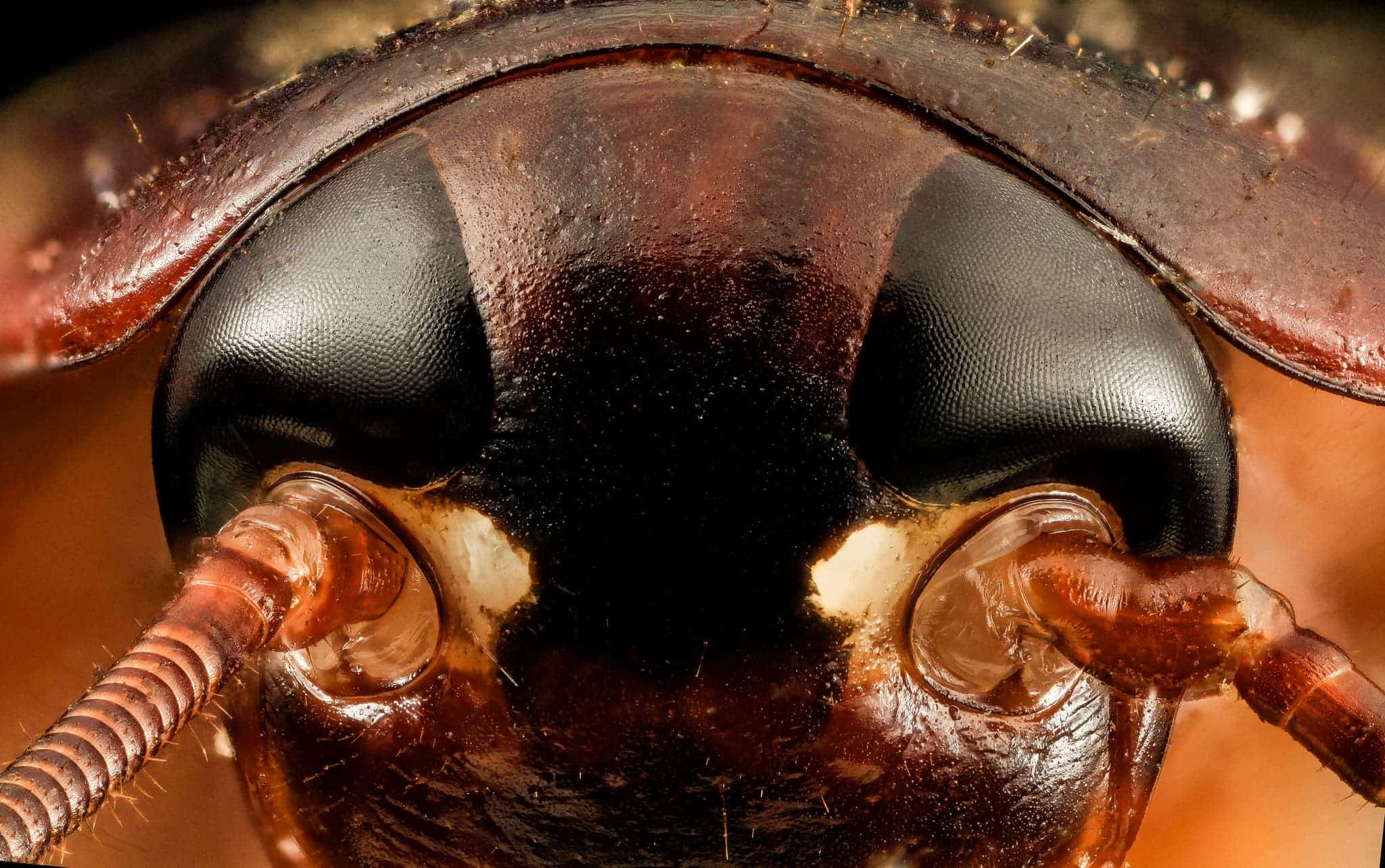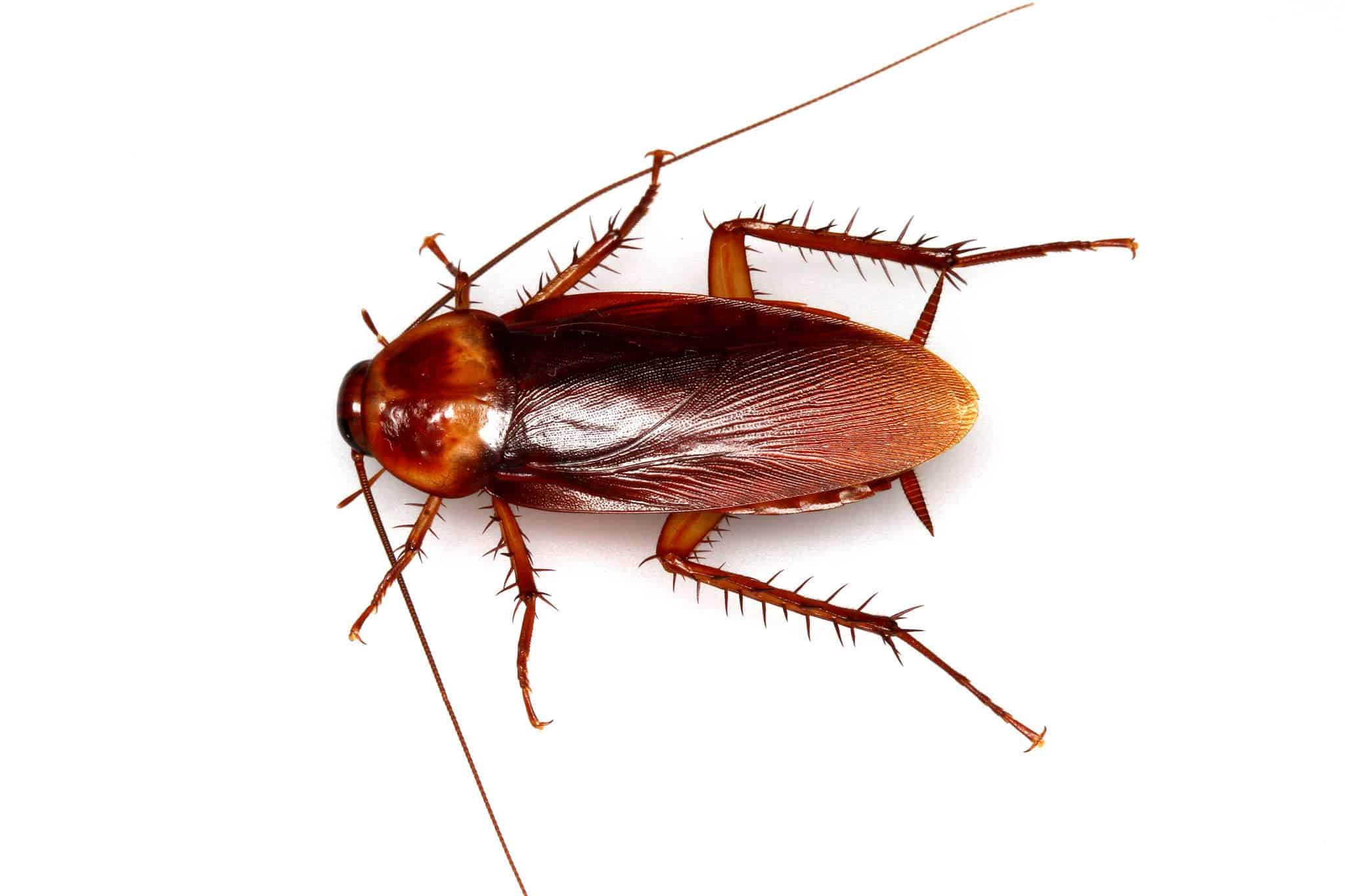Researchers sequenced the American cockroach‘s genome for the first time, discovering what makes them such great survivors.

Periplaneta americana Via Flickr
The American cockroach, also known as Periplaneta americana, possesses widely expanded gene families related to taste and smell, detoxification and immunity, compared with other insects, found a team of researchers who published their discovery on March 20 in the journal Nature Communications.
“It makes total sense in the context of the lifestyle,” said Coby Schal, an entomologist at North Carolina State University who was part of a team that last month reported an analysis of the genome of the German cockroach (Blattella germanica). “Many of the gene families that expanded in the American cockroach were also expanded in the German cockroach”, Schal said.
That actually makes sense because both species are omnivorous scavengers that can thrive on altered food in extremely unsanitary environments — at least by human standards.
The American cockroach originally comes from Africa but was introduced to the Americas in the 1500s. Unlike the German cockroach, which is found almost exclusively in human dwellings, the American cockroach only tends to venture into the basements or bottom levels of buildings, according to Schal.
In China, the cockroach is often called “xiao qiang,” meaning “little mighty,” according to Sheng Li, an entomology professor at South China Normal University in Guangzhou and lead author of the paper. “It’s a tiny pest, but has very strong vitality,” he said.
The two species are remarkable survivors and their mysterious abilities appear to lie within their genes. In the new paper, professor Sheng Li and his team found that American cockroaches have the second-largest genome of any insect ever sequenced, right behind the migratory locust (Locusta migratoria). Curiously enough, 60% of the insect’s genome consists of repetitive segments. Gene families related to taste and smell were much larger than those of other bugs, and scientists counted 522 taste receptors in the roach. German cockroaches possess a similar number of taste receptors (545), Schal said.
“They need very elaborate smell and taste systems in order to avoid eating toxic stuff,” Schal added.

Source: Flickr
Interestingly, American cockroaches also have large gene families responsible for metabolization of toxic substances, including some chemicals found in insecticides — their ‘cousins’, the German cockroaches have them too. Schal said that both roaches evolved this way long before humans ruled the world. Resistance to toxic substances developed in roaches thanks to the abundance of toxin-producing bacteria in their environments and their tendency to eat rotten plant matter, he explained.
In addition, the American cockroach has a large number of immunity genes, perhaps another adaptation to unsanitary environments and fermenting food sources, Li and colleagues wrote.
Finally, the team discovered that the insect had a large number of genes devoted to physical development, such as genes responsible for synthesizing the insect’s juvenile hormone or the proteins in its exoskeleton. Authors were not surprised by this since American cockroaches can measure up to 2 inches (53 millimeters) long.
A greater understanding of the cockroach genome could help researchers come up with new ways to control theses pest species. One interesting research interest, Schal said, is the Asian cockroach (Blattella asahinai), a close relative of the pesky German cockroach that lives outdoors and doesn’t really bother humans. It would be interesting to see what are the differences between the Asian and German cockroach genomes.
Still, there’s a long way to go before we can see the broad picture of cockroach genetics.
“There are 5,000 described species of cockroaches, and now we have two [full] genomes,” Schal concluded. “So we need more.”









